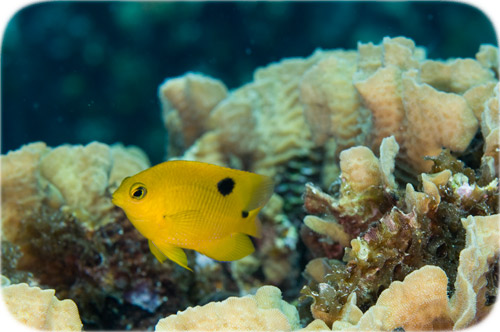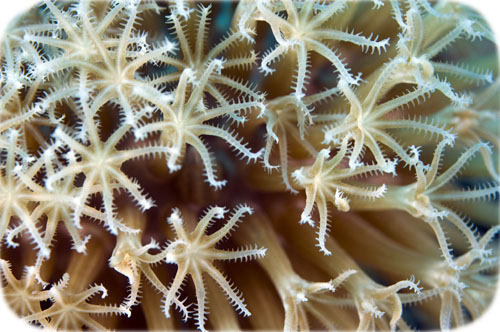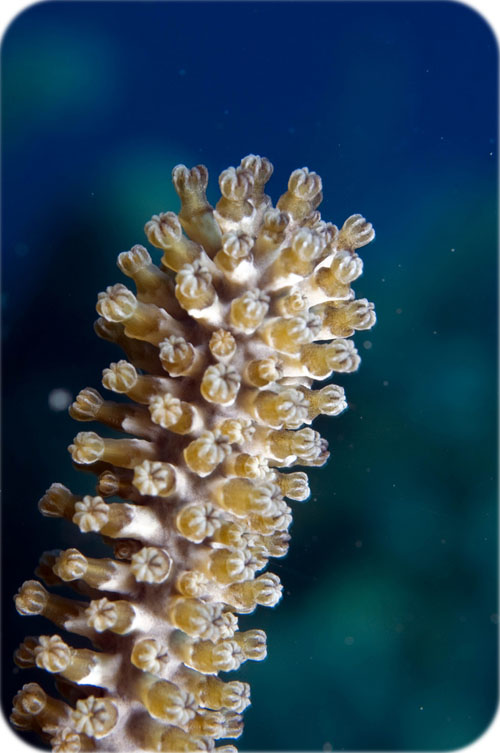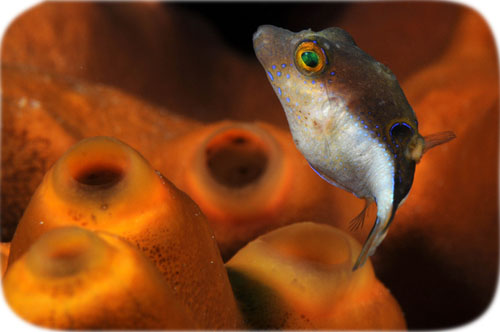On our recent expedition to Roatan, Honduras, we undertook a very special mission on Karl Stanley’s submarine The Idabel. We set off in search of a ship called Wendy, which was thought to be 1.8 miles from the West End. The ship originally sank in a location that blocked access to Coxen Hole, on the the other side of the island, and was towed to its final resting place by a navy salvage ship. Karl had obtained the ship’s log, which specified the coordinates of the ship as well as its estimated depth, 420 fathoms.
This expedition started with a boat tow to the site where we hoped to find the ship. With a little trial and error, we were able to come up with a functional towing arrangement. Once near the site where we hoped to find the ship, we dropped down. We reached bottom sooner than we anticipated, I believe in the neighborhood of 1400-1500 feet, and headed down along the sea floor to 2540, the maximum depth ever reached by The Idabel (which was already the world’s deepest diving tourist submarine).
Upon reaching the estimated depth of the Wendy, we traversed at depth back towards West End, in the hope of finding the ship. While we did not, we did encounter many unusual creatures and a fascinating underwater landscape that alternated between gently sloping sandy bottom and rocky underwater cliffs.
Some of the more interesting creatures we encountered were the “squidopus,” an octopus-squid hybrid that turned out to be something called a Jewel Squid, a siphonophore, and a very strange, free-swimming, transparent sea cucumber. We saw several deep sea fish, including the Orange Roughy (which are thought to live up to 150 years) and the Tripod Fish, as well as the Chimaera, a cartilaginous fish that is perhaps a living link between sharks and rays and bony fishes.
Although we did not find the remains of the Wendy, our five-hour excursion was a great success. A welcome party greeted us upon our return, including the Mayor of West End. Below are some images from our ride, and stay tuned for video of our adventure!
[tiltviewer=flickr width=”500″ height=”500″ flickrtags=”may,roatan,submarine,2009,favorites”]




